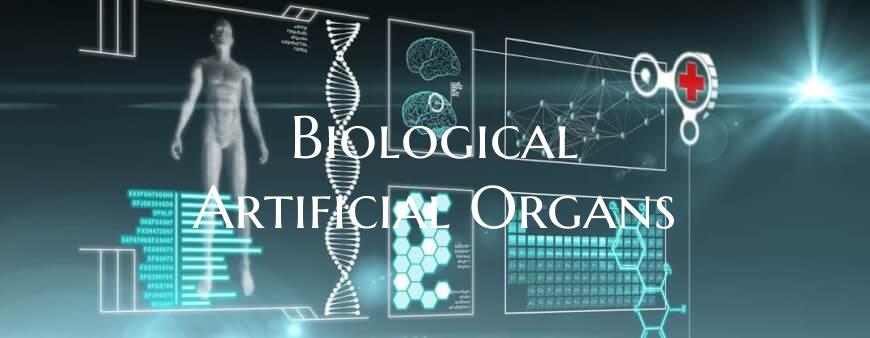Biological Artificial Organs
Introduction: Biological artificial organs have emerged as a groundbreaking innovation in the field of medicine, offering new hope to patients with organ failure. These remarkable creations are designed to mimic the form and function of natural organs, holding the potential to revolutionize the treatment of various health conditions. This article explores the concept of biological artificial organs, their potential benefits, challenges, and the future implications for healthcare.
What are Biological Artificial Organs? Biological artificial organs, also known as bioartificial organs or tissue-engineered organs, are man-made replacements for natural organs that have failed or are malfunctioning. These bioengineered constructs are designed to closely resemble the structure and function of real organs, offering a viable solution for patients in need of organ transplants.
How are Biological Artificial Organs Created? The creation of biological artificial organs involves a combination of advanced technologies such as tissue engineering, regenerative medicine, stem cell therapy, and 3D bioprinting. Scientists and researchers use a patient's own cells or donor cells to construct these organs in the laboratory, allowing for personalized and customized solutions for individual patients.
Benefits of Biological Artificial Organs: 1. Addressing the Organ Shortage Crisis: With a limited supply of donor organs available for transplantation, biological artificial organs provide a sustainable alternative to meet the growing demand for organ replacement therapies. 2. Reduced Risk of Rejection: By using a patient's own cells to create bioartificial organs, the risk of rejection by the immune system is significantly reduced, leading to better compatibility and improved success rates for organ transplants. 3. Regenerative Potential: Biological artificial organs have the ability to regenerate and integrate with the patient's body, potentially offering long-term solutions for chronic organ failure. 4. Customization and Personalization: Each biological artificial organ can be tailor-made to match the specific needs and requirements of individual patients, leading to better outcomes and improved quality of life.
Challenges and Considerations: Despite the promising potential of biological artificial organs, there are several challenges and considerations that need to be addressed, including: 1. Regulatory Approval: Ensuring the safety and efficacy of bioartificial organs requires rigorous testing and regulatory approval processes to guarantee their reliability and functionality. 2. Scalability and Cost: Producing biological artificial organs on a large scale and at an affordable cost remains a significant challenge, limiting their accessibility to a wider population. 3. Long-Term Durability: The long-term durability and performance of bioartificial organs need to be carefully monitored and studied to assess their effectiveness over time.
Future Implications: The development and advancement of biological artificial organs hold immense promise for the future of medicine and healthcare. As technology continues to evolve, we can expect to see more innovative solutions for organ replacement, improved patient outcomes, and a substantial impact on global healthcare systems.
Conclusion: Biological artificial organs represent a cutting-edge solution to the challenges of organ failure, offering new hope and possibilities for patients in need of life-saving treatments. With ongoing research and technological advancements, the future of medicine is set to be transformed by the potential of bioartificial organs, paving the way for a new era of personalized healthcare and enhanced quality of life.

